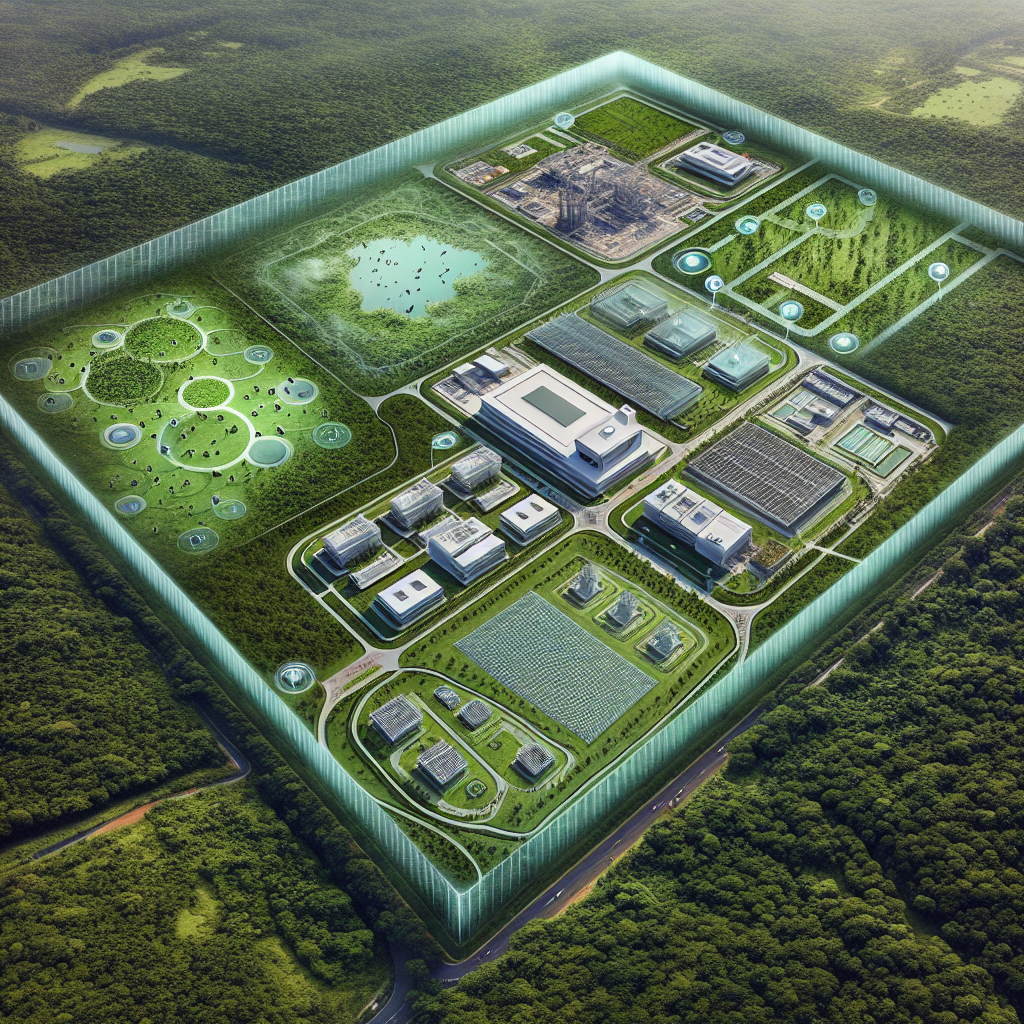In an intriguing intersection of technology and wildlife conservation, Tata Electronics, a subsidiary of the multinational conglomerate Tata Group, is taking unusual measures to protect its semiconductor manufacturing facility in Krishnagiri, Tamil Nadu. The planned protective measures are not merely for the security of the facility but also to ensure the safety of local wildlife, particularly elephants that roam freely in neighboring regions.
The company has embarked on constructing an 18-kilometer boundary wall around its 500-acre property. This structure is designed to prevent elephants from wandering into operational areas, which could be hazardous for both the animals and the facility. This step is in response to the natural migratory patterns of elephants that often lead them across the plot where the Tata unit is situated.
Moreover, the presence of snakes, particularly during monsoon seasons, has raised additional environmental concerns. Snakes, lured by the cooler environment within the premises, pose a risk to both employees and wildlife conservation efforts. This has propelled Tata Electronics to consider further safety measures, including building snake-proof fencing which is a facet of an integrated approach to mitigate human-wildlife conflict.
Such challenges highlight the broader issues faced by industrial developments located near rich biodiversity zones. The situation at the Tata Electronics site underscores the complex balance between development and environmental conservation, a scenario echoed in various parts of the world where wildlife habitats intersect with human activities.
Environmental experts often advocate for comprehensive planning and impact assessments before initiating large-scale industrial projects in such sensitive zones. The initiative by Tata to include physical barriers reflects a growing recognition of the need for corporate responsibility in safeguarding wildlife while advancing industrial interests. However, the effectiveness and ecological impact of these barriers remain topics for further research and observation.
Additionally, concerns from environmentalists point towards the need for ensuring such barriers do not disrupt the natural behavior and movement of the wildlife beyond the immediate concerns of human-animal conflict. For instance, the movement of elephants is essential for the ecological balance as they contribute to seed dispersal and other ecosystem functions.
The situation presents a nuanced challenge of advancing India’s technological and industrial capabilities while also setting a precedent for ecological and wildlife protection. It illustrates the broader debates regarding industrial expansion in proximity to natural habitats and the innovative solutions companies can adopt to mitigate adverse impacts.
The approach taken by Tata Electronics could serve as a case study in striking a balance between technological growth and environmental stewardship in developing regions. As industries continue to expand into previously untouched areas, the lessons learned from such endeavors will be crucial in shaping future corporate strategies towards sustainability and conservation.



